Anxiety

- posted: Aug. 13, 2024
Anxiety in Barrie, ON
Understanding Anxiety: Insights and Strategies for Children and Adults
Anxiety is a common yet complex emotional experience that affects people of all ages. As a psychotherapist, I’ve encountered anxiety in many forms, and understanding its nature and finding effective strategies to manage it can significantly enhance well-being. In this blog, I'll explore what anxiety is, share my experiences, and provide practical strategies for both children and adults.

What Is Anxiety?
Anxiety is a feeling of worry, nervousness, or unease about something with an uncertain outcome. It’s a natural response to stress and can be a helpful signal that something requires our attention. For instance, feeling anxious before a big presentation or a significant life event is a normal reaction. However, when anxiety becomes persistent and overwhelming, it can interfere with daily functioning and quality of life.

Anxiety manifests in various ways, including:
- Physical Symptoms: Heart palpitations, sweating, trembling, headaches, and gastrointestinal issues.
- Emotional Symptoms: Persistent worry, fear, restlessness, irritability, and a sense of impending doom.
- Cognitive Symptoms: Difficulty concentrating, racing thoughts, and excessive rumination.
- Behavioral Symptoms: Avoidance of certain situations, compulsive behaviors, and social withdrawal.
My Experience with Anxiety
In my practice, I’ve seen anxiety affect individuals in diverse ways. I’ve worked with clients ranging from children facing school-related stress to adults grappling with job pressures, relationship issues, and health concerns. One common thread is that anxiety often leads to a cycle of avoidance and distress, where the very behaviors meant to alleviate anxiety end up reinforcing it.
For example, a child might avoid school to escape social anxiety, but this avoidance often increases the anxiety over time. Similarly, an adult might overwork to distract themselves from anxious thoughts, leading to burnout and further anxiety.
Strategies to Deal with Anxiety
For Children:
- Create a Safe Space: Children benefit from a predictable environment. Establish routines and provide a comforting space where they feel safe to express their feelings.
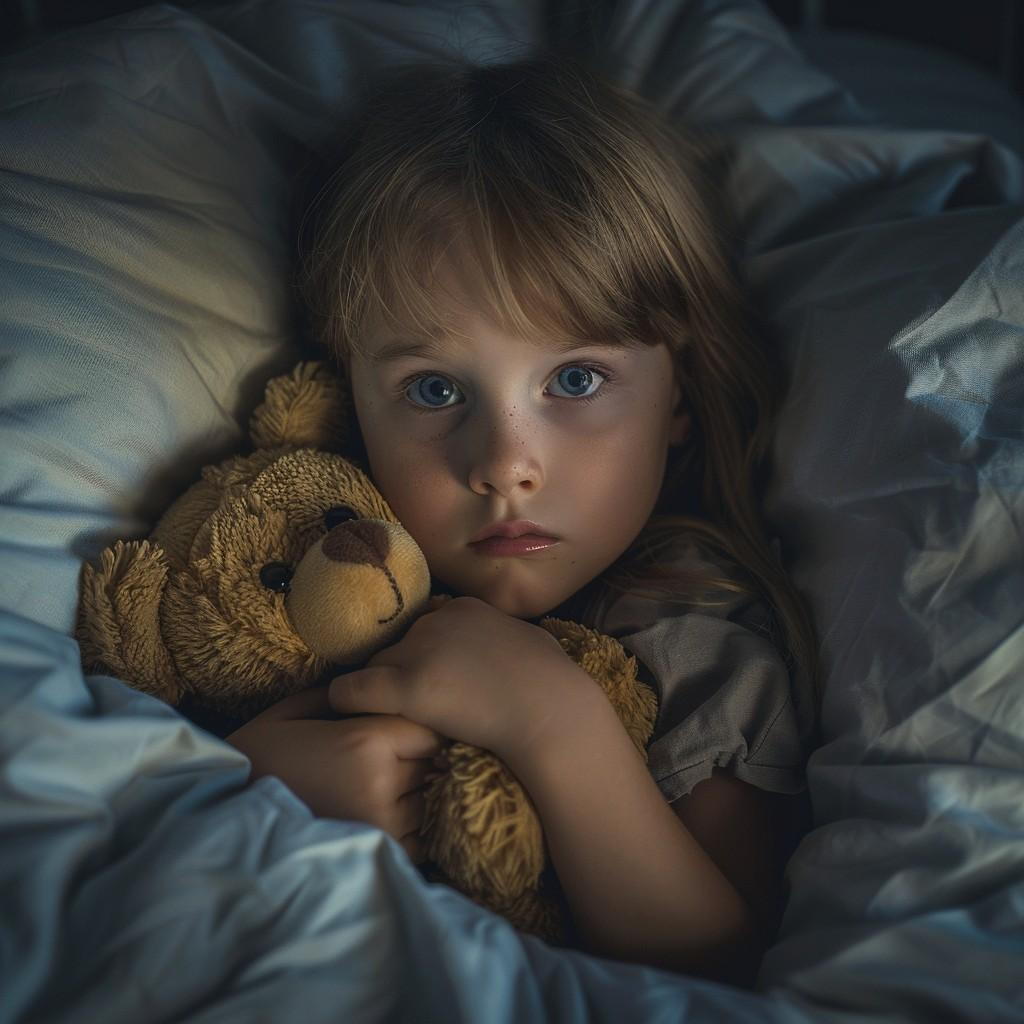
- Teach Relaxation Techniques: Simple practices like deep breathing, progressive muscle relaxation, or mindfulness can help children manage physical symptoms of anxiety.
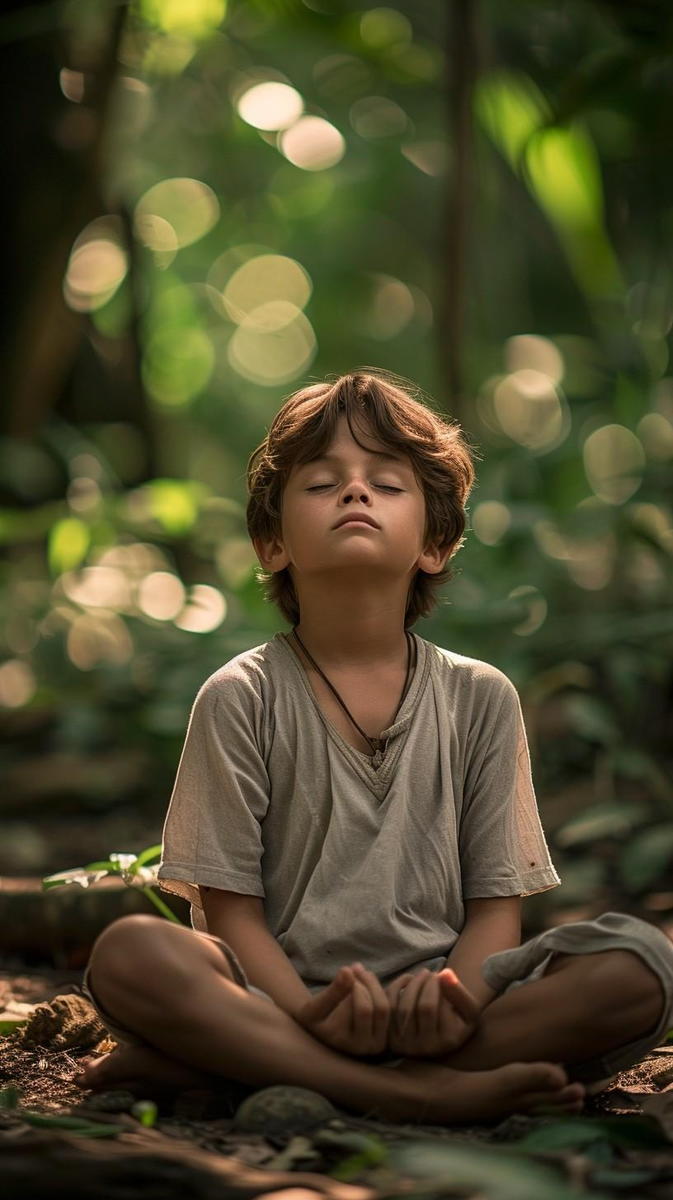
- Encourage Open Communication: Foster an environment where children feel comfortable sharing their worries. Use age-appropriate language and listen actively without judgment.

- Implement Gradual Exposure: Help children face their fears in small, manageable steps. Gradual exposure can reduce anxiety by breaking down overwhelming situations into less intimidating parts.
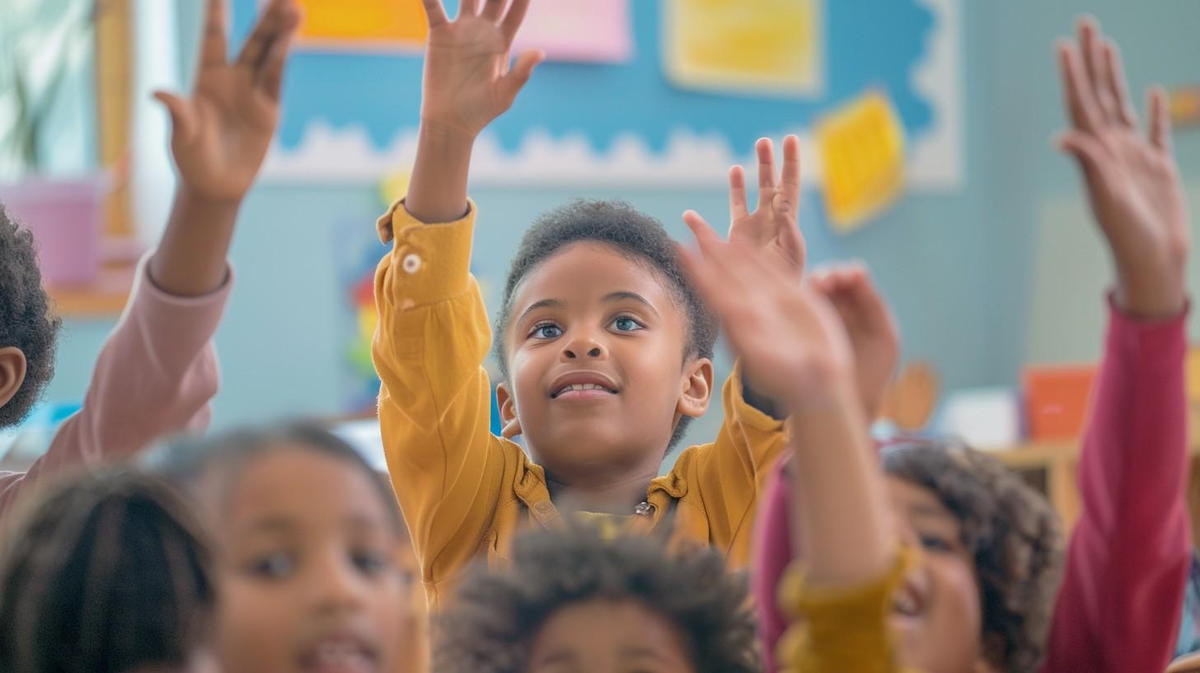
- Model Healthy Coping Strategies: Children often learn by example. Demonstrating calmness and effective coping strategies in your own life can be a powerful lesson.
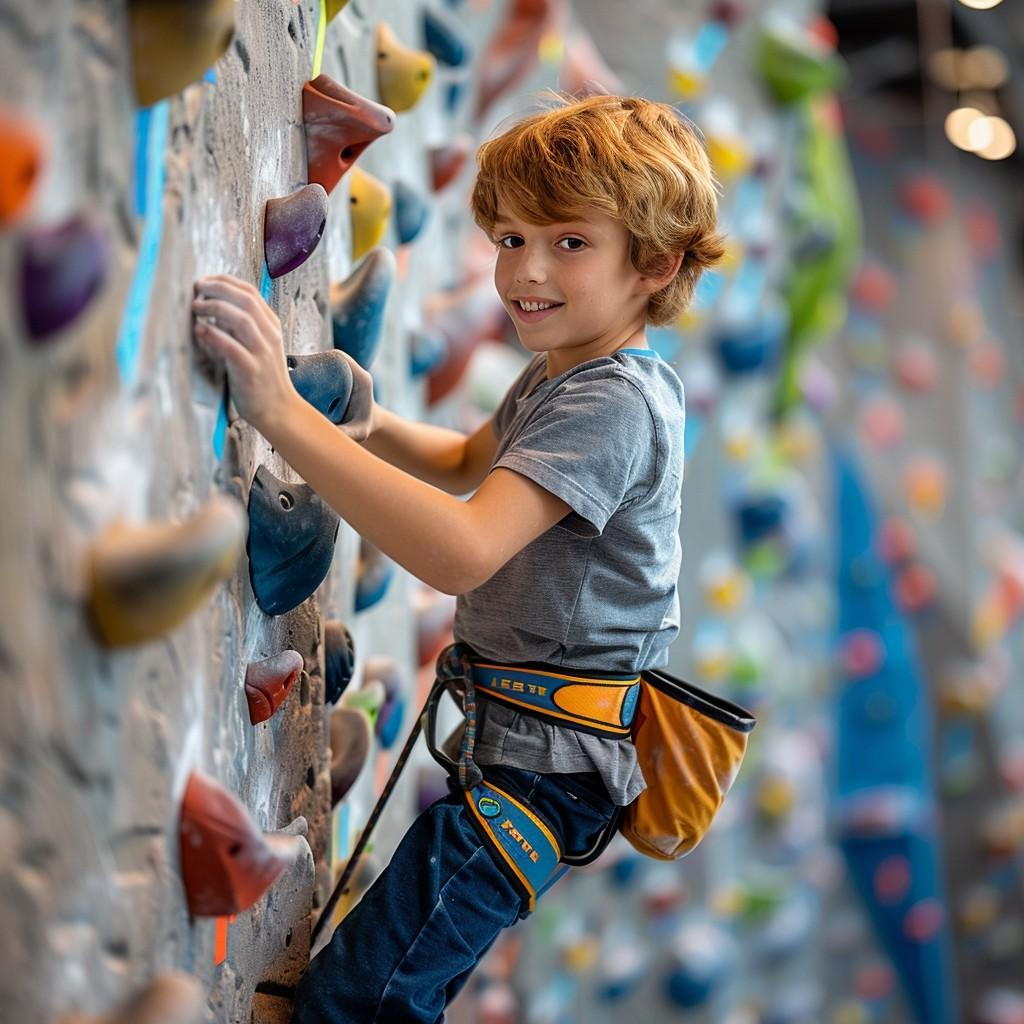
For Adults:
- Practice Mindfulness and Meditation: Mindfulness techniques can help you stay grounded in the present moment and reduce rumination. Apps and online resources can guide you through meditation practices.

- Challenge Negative Thoughts: Cognitive Behavioral Therapy (CBT) techniques, such as cognitive restructuring, can help you identify and challenge distorted thinking patterns that contribute to anxiety.
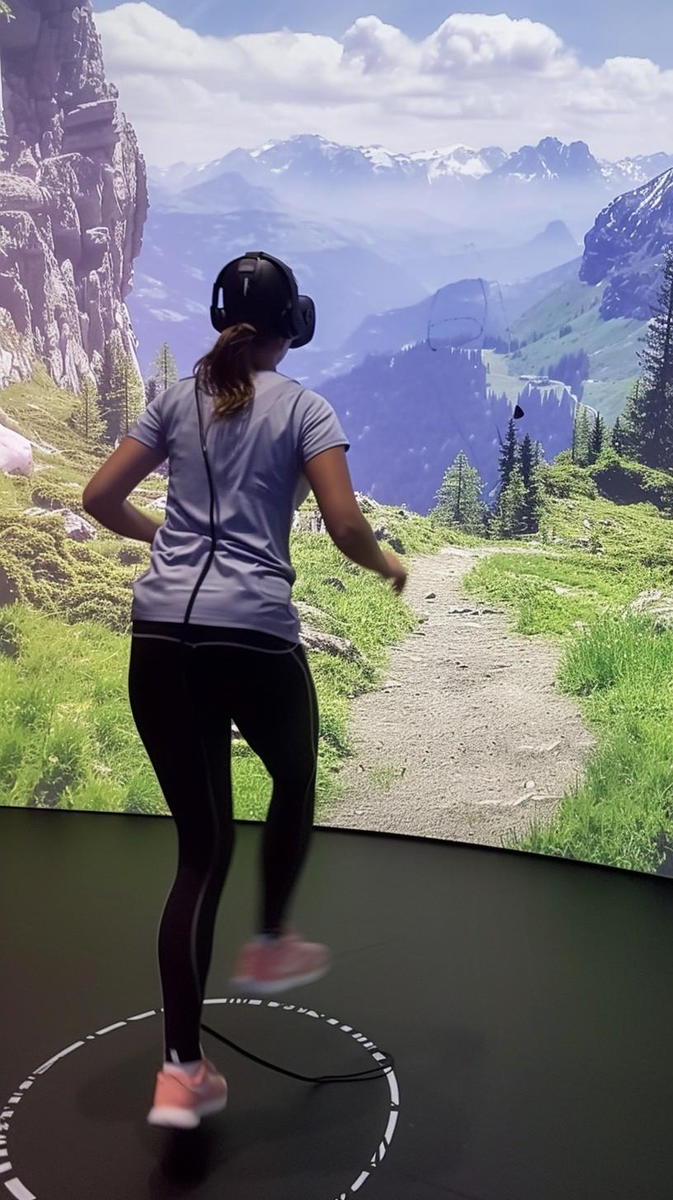
- Set Realistic Goals and Boundaries: Break tasks into smaller, manageable steps and set boundaries to prevent overwhelm. Prioritize self-care and balance your commitments.

- Engage in Physical Activity: Regular exercise can reduce anxiety by releasing endorphins and providing a healthy outlet for stress.

- Seek Professional Support: Therapy can offer personalized strategies for managing anxiety. Techniques like CBT, Acceptance and Commitment Therapy (ACT), and mindfulness-based approaches can be effective.

Conclusion
Anxiety is a multifaceted experience that affects people differently. Understanding its nature and implementing appropriate strategies can make a significant difference in managing its impact. For both children and adults, addressing anxiety involves a combination of practical techniques, supportive environments, and, when necessary, professional guidance. If you or someone you know is struggling with anxiety, seeking support from a qualified mental health professional can be a crucial step towards finding relief and achieving a more balanced, fulfilling life.
Remember, you don’t have to face anxiety alone. There is help available, and with the right strategies, it is possible to manage anxiety and lead a fulfilling life.

- posted: Aug. 13, 2024
Anxiety in Barrie, ON
Understanding Anxiety: Insights and Strategies for Children and Adults
Anxiety is a common yet complex emotional experience that affects people of all ages. As a psychotherapist, I’ve encountered anxiety in many forms, and understanding its nature and finding effective strategies to manage it can significantly enhance well-being. In this blog, I'll explore what anxiety is, share my experiences, and provide practical strategies for both children and adults.

What Is Anxiety?
Anxiety is a feeling of worry, nervousness, or unease about something with an uncertain outcome. It’s a natural response to stress and can be a helpful signal that something requires our attention. For instance, feeling anxious before a big presentation or a significant life event is a normal reaction. However, when anxiety becomes persistent and overwhelming, it can interfere with daily functioning and quality of life.

Anxiety manifests in various ways, including:
- Physical Symptoms: Heart palpitations, sweating, trembling, headaches, and gastrointestinal issues.
- Emotional Symptoms: Persistent worry, fear, restlessness, irritability, and a sense of impending doom.
- Cognitive Symptoms: Difficulty concentrating, racing thoughts, and excessive rumination.
- Behavioral Symptoms: Avoidance of certain situations, compulsive behaviors, and social withdrawal.
My Experience with Anxiety
In my practice, I’ve seen anxiety affect individuals in diverse ways. I’ve worked with clients ranging from children facing school-related stress to adults grappling with job pressures, relationship issues, and health concerns. One common thread is that anxiety often leads to a cycle of avoidance and distress, where the very behaviors meant to alleviate anxiety end up reinforcing it.
For example, a child might avoid school to escape social anxiety, but this avoidance often increases the anxiety over time. Similarly, an adult might overwork to distract themselves from anxious thoughts, leading to burnout and further anxiety.
Strategies to Deal with Anxiety
For Children:
- Create a Safe Space: Children benefit from a predictable environment. Establish routines and provide a comforting space where they feel safe to express their feelings.

- Teach Relaxation Techniques: Simple practices like deep breathing, progressive muscle relaxation, or mindfulness can help children manage physical symptoms of anxiety.

- Encourage Open Communication: Foster an environment where children feel comfortable sharing their worries. Use age-appropriate language and listen actively without judgment.

- Implement Gradual Exposure: Help children face their fears in small, manageable steps. Gradual exposure can reduce anxiety by breaking down overwhelming situations into less intimidating parts.

- Model Healthy Coping Strategies: Children often learn by example. Demonstrating calmness and effective coping strategies in your own life can be a powerful lesson.

For Adults:
- Practice Mindfulness and Meditation: Mindfulness techniques can help you stay grounded in the present moment and reduce rumination. Apps and online resources can guide you through meditation practices.

- Challenge Negative Thoughts: Cognitive Behavioral Therapy (CBT) techniques, such as cognitive restructuring, can help you identify and challenge distorted thinking patterns that contribute to anxiety.

- Set Realistic Goals and Boundaries: Break tasks into smaller, manageable steps and set boundaries to prevent overwhelm. Prioritize self-care and balance your commitments.

- Engage in Physical Activity: Regular exercise can reduce anxiety by releasing endorphins and providing a healthy outlet for stress.

- Seek Professional Support: Therapy can offer personalized strategies for managing anxiety. Techniques like CBT, Acceptance and Commitment Therapy (ACT), and mindfulness-based approaches can be effective.

Conclusion
Anxiety is a multifaceted experience that affects people differently. Understanding its nature and implementing appropriate strategies can make a significant difference in managing its impact. For both children and adults, addressing anxiety involves a combination of practical techniques, supportive environments, and, when necessary, professional guidance. If you or someone you know is struggling with anxiety, seeking support from a qualified mental health professional can be a crucial step towards finding relief and achieving a more balanced, fulfilling life.
Remember, you don’t have to face anxiety alone. There is help available, and with the right strategies, it is possible to manage anxiety and lead a fulfilling life.
Book a consultation today with Joanne Cantor Registered Psychotherapist.
Visit our Office
72 Ross Street, Unit 7-03
Barrie, ON L4N1K4
